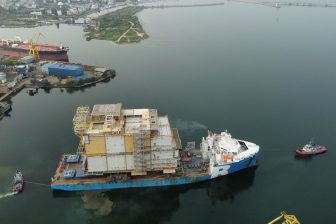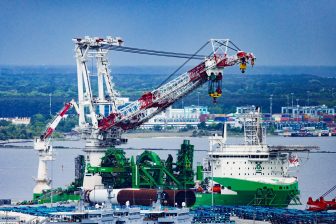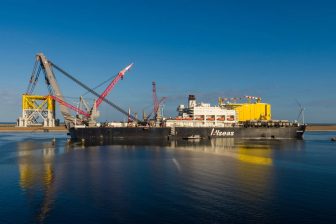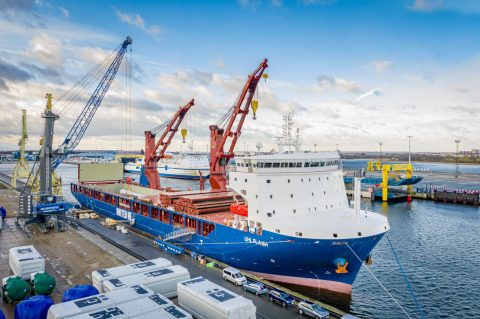
United Shipping Group plans further fleet expansion
It’s been a busy year for United Shipping Group, launching a new heavy transport company, expanding into the US and growing its vessel fleet. And the German project carrier is not finished yet, managing director Andreas Rolner tells PCJ.
The most recent developments at the shipping group are the establishment of United Heavy Transport and the expansion of United Heavy Lift into the United States through an exclusive agency agreement with Intermarine.
United Heavy Transport opened its doors on May 1st and now operates four semi-submersible heavy transport vessels, with a fifth to join the fleet in 2021. The vessels are operated in partnership with Guangzhou Salvage and GS Pango, who are responsible for the commercial activities in China.
United Heavy Lift has been operating these semi-submersible vessels since 2018. What was the reason to move them into a new brand?
“Earlier this year we added nine F900 multipurpose carriers to the fleet of United Heavy Lift. Because the heavy-lift and heavy transport vessels are so different and UHL now has more ships to operate, we decided to move the semi-submersible vessels into a new company so both segments can focus on their core business and bring clarity to the market.”
But then Covid-19 reaped havoc around the world and sparked a new oil crisis. How has that impacted the new company?
“The low oil price has of course affected our plans. We don’t expect a lot of rig moves in the near future and some of the LNG projects are either on hold or postponed. The bankruptcy of a company like Diamond Drilling is also not a good sign. However, this is a long term investment and markets will pick up again at some point.”
You’re expecting the fifth vessel in 2021 which will have a bowless design like the Boka Vanguard. Do you have a specific use in mind for this vessel?
“It’s not as big as the Boka Vanguard but we do intend to target similar markets. It is ideal for the transport of smaller FPSO’s, dredging vessels and modules. We are looking into using it as a floating dry dock as well, although that is a very competitive market.”
Simultaneously with the launch of the new business, United Heavy Transport has opened a new office in Houston which is lead by Anthony Perez. Having worked at Boskalis as Fleet Schedule & Portfolio Manager for the Dockwise fleet and business development manager for the Americas, Perez brings experience and knowledge of both the semi-submersible and US market.
Despite the current global situation, he is hopeful about the renewables market. “The offshore wind market in the US is showing good long term prospects with some major projects in the pipeline. Although the pandemic is delaying projects, Covid-19 could actually be a catalyst for a push in renewables globally”, he says, hinting at the current crisis in the oil markets.
That being said, the oil and gas market will remain a core market for the company. “Dry towing of on- and offshore assets is one of our main focus areas”, Perez explains. In addition to the energy markets, United Heavy Transport will also target the Ports & Marine market which entails the transport of dredgers, barges, construction equipment and other types of vessels.
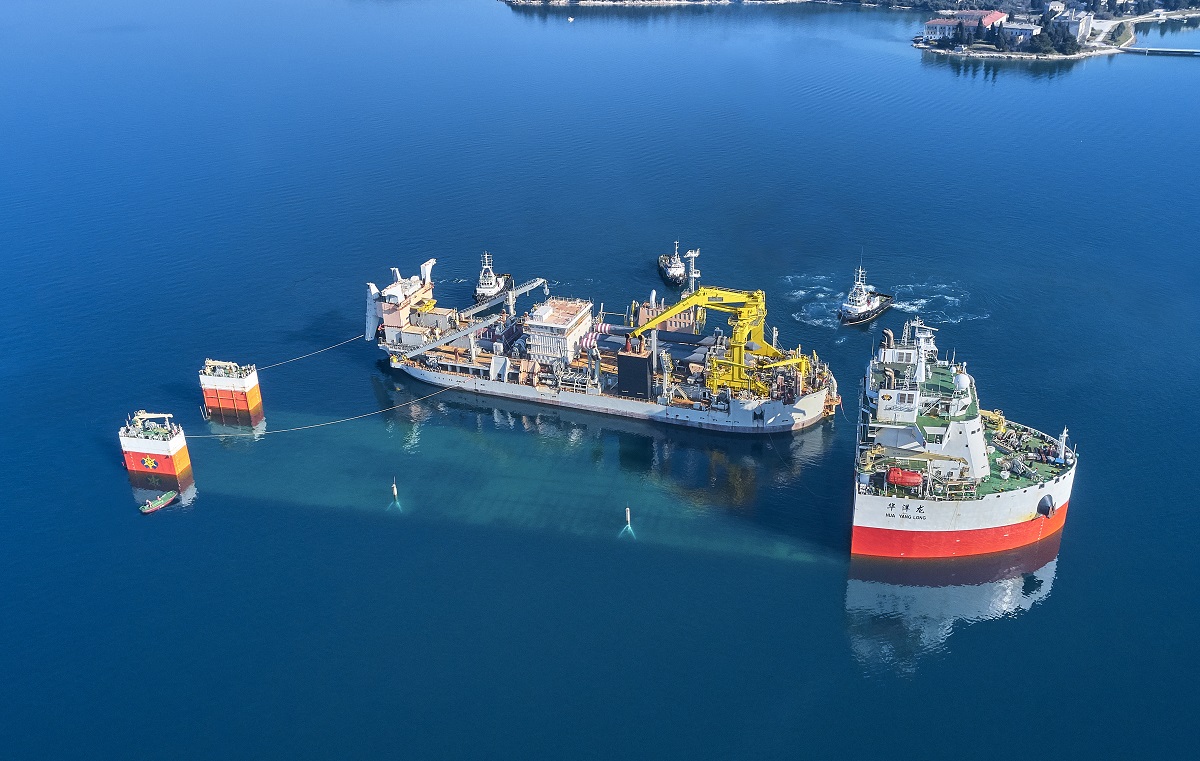
United Heavy Lift
Meanwhile, the group’s breakbulk carrier, United Heavy Lift, has been actively expanding its global reach through an exclusive agency agreement with Intermarine and a previously formed joint venture with Ocean 7 Projects.
Intermarine was resurrected earlier this year after Zeamarine spun off its Americas business as part of the company’s insolvency proceedings. The US-based breakbulk carrier now operates nine vessels on three trades between the US and South America. The agency agreement with UHL was signed last month and sees Intermarine commercially represent UHL’s heavy-lift vessels for all North American cargoes.
How did the partnership with Intermarine come about?
Rolner: “This agreement has actually been set up by my colleague and managing director of United Heavy Lift, Lars Bonnesen. With the addition of the F900 vessels, we could use a partner to represent the fleet in the US. We weren’t really active in the Americas yet so this was a fast and easy way to expand into new territory.”
What about the partnership with Ocean 7 Projects?
“That started with us and them both looking for a set-up in Asia. Like us, they wanted to expand their presence in Asia and because we have very different fleets, we decided to move in together. Our vessels do not compete as they operate smaller, less heavy-lift capable multipurpose vessels. It is a different structure than the agreement with Intermarine. United O7 is a joint venture with shared offices in Norway, Malaysia and Japan.”
Is there a specific strategy behind the partnerships and fleet expansion?
“We had been wanting to grow our fleet and the opportunity to charter the F900 vessels just happened to come along. If it wouldn’t have, we probably would’ve started our own newbuilding program. But this is much more attractive because you can immediately put the vessels to use.”
How is Covid-19 impacting demand for the UHL fleet?
“We have some fixed charter contracts that keep part of our fleet occupied, like the South Flank mining project of DK Schenker and BHP and the development of the Yunlin offshore wind farm in Taiwan. It’s worse in the spot market where rates have fallen significantly. All in all, we haven’t seen a good month yet in 2020. First, we had the Lunar New Year, than Covid-19 began causing problems in China and now it is affecting Europe. In general, it is a matter of time with delays putting pressure on schedule.”
Can we expect further expansion of UHL in the near future?
“It could well be, yes. I can’t say much but I hope to know more in a few weeks.”
You just read one of our premium articles free of charge
Register now to keep reading premium articles.


